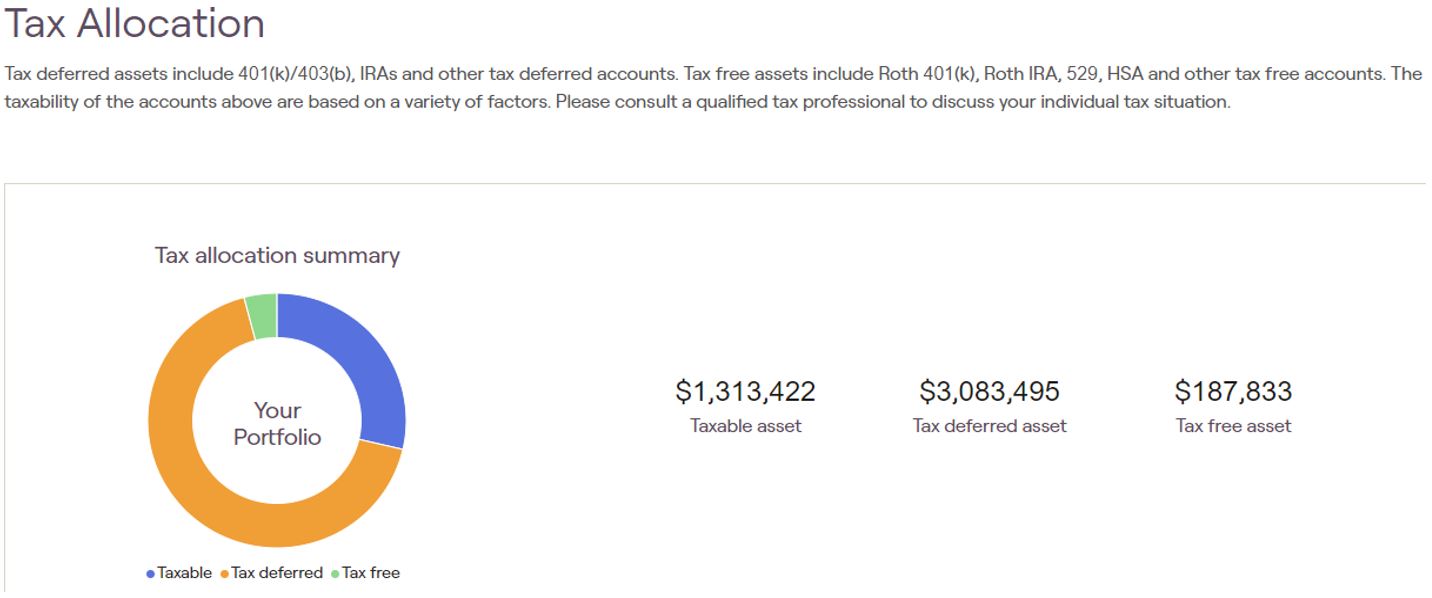Retirement Savings Strategy – Do I Need One?
Blog post
07/21/22I have so many competing financial needs and I don’t know how to prioritize them. Where should I allocate my discretionary funds – debt, college education, retirement savings? Help me!
We hear this plea often. The answer to the above dilemma is best solved with the development and implementation of a holistic financial plan. While I am not going to delve into the details of how a financial plan can guide a family towards possible solutions to the overarching question posed above, what I would like to do is get a little more granular about the retirement savings part of the equation.
Often, families develop a narrowly focused approach to saving for retirement that consists solely of saving as much as possible to a company retirement plan, for one or both spouses, and that’s the end of the planning. Often, the result from such a singular approach to retirement planning is a large tax-deferred account at retirement with little savings in after-tax or Roth accounts.
A better method would be to consider the tax treatment of the various potential savings accounts and then develop a savings strategy. The explanation and graph below depict the different “saving buckets” and explain the tax treatment of each bucket:

In the above example, this family has done a really good job of saving into both their tax-deferred and taxable buckets while still needing to devote some savings into the tax-free bucket. If they are still working, they can take steps to bulk up the tax-free bucket by changing their contributions to their company retirement plans to be Roth (tax-free) contributions. If they are retired, they can begin a systematic plan of converting some of their tax-deferred assets into their Roth IRAs in years where their marginal income tax bracket is rather low.
By having substantial sums of money in each of the three buckets going into retirement, the family can be more strategic when it comes to income tax planning. For instance, Medicare premiums are means tested. So, if withdrawing money from a tax-deferred asset to pay for your family vacation is going to bump your income into the next Medicare premium bracket by even a single dollar, it would make sense to distribute all, or a part of the funds needed to pay for the vacation from your tax-free bucket so that your income remains in the lower bracket.
If you are a younger family who is just beginning to put some thought into your savings strategy, avoid allocating all your retirement savings into a single tax-deferred bucket. You will have less choices available to you when you get to retirement and your lifetime tax bill will likely be higher than if you had developed a strategy to save into all three buckets. It is much easier to make adjustments early in life when it comes to your savings habits and how they might affect you when you are in the distribution phase of your life than to say, “I will take care of that issue when I get closer to retirement”.
One last point – you want to save enough during your working years so that your withdrawal rate looks like the following graph when you are in retirement:

In my next blog I will talk about how much you need to save as a family to have a similar withdrawal rate and why you want to achieve this goal.